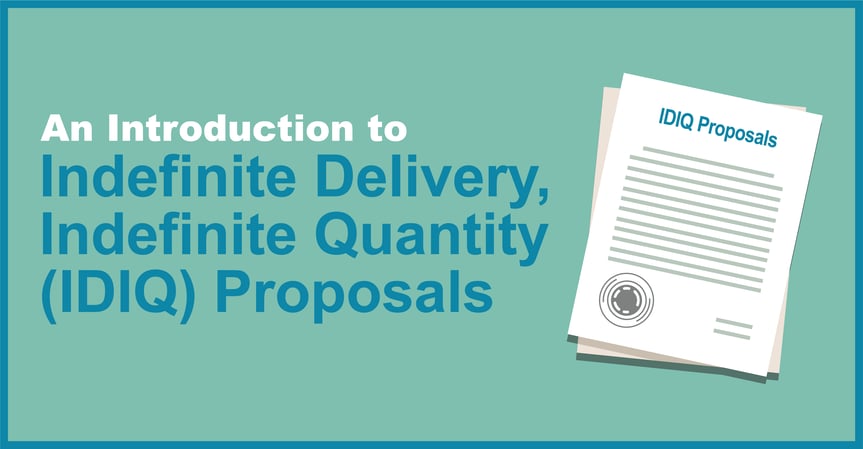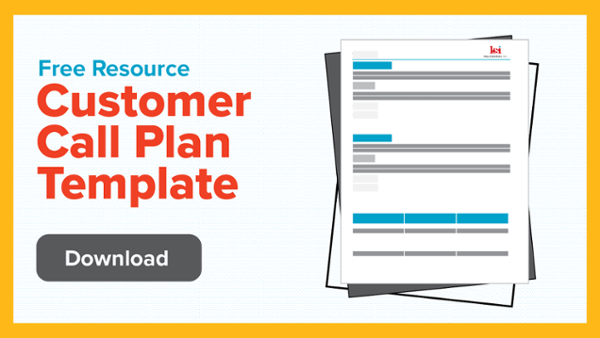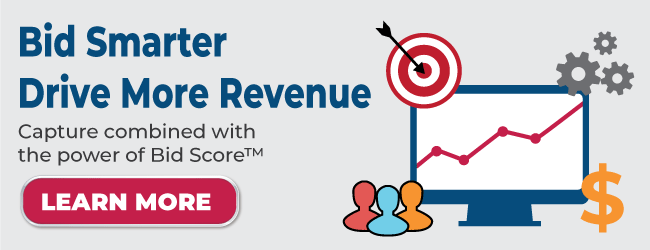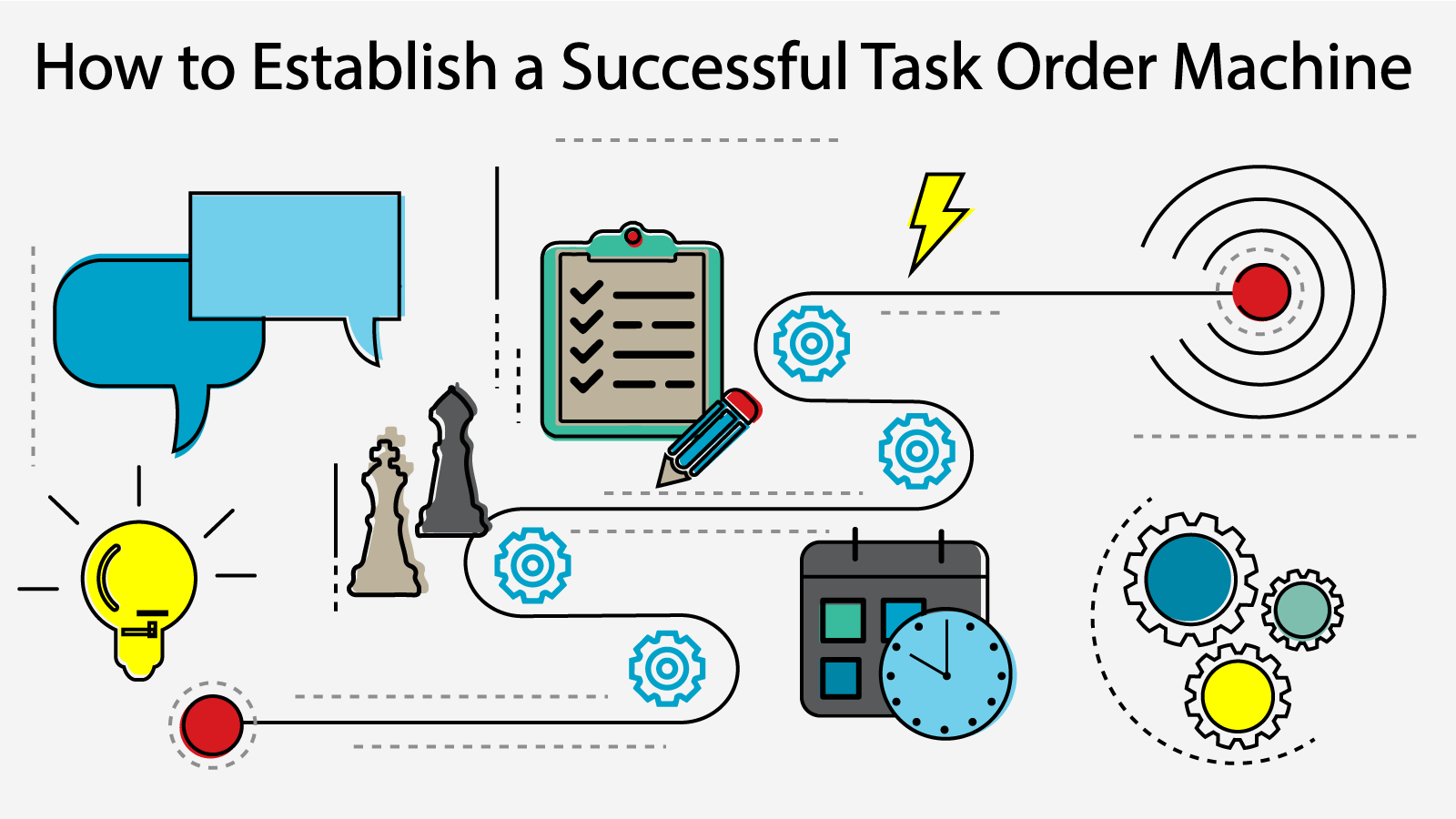
Being on the winning side of an Indefinite Delivery, Indefinite Quantity (IDIQ) contract opens up the opportunity to earn millions and even billions of dollars through the work generated by subsequent task orders.
This article provides a high-level overview of IDIQs while breaking down the process that can put your company on the winning side, and answers the following questions:
- What is an IDIQ?
- What is the purpose of an IDIQ?
- What are the best practices to apply to get that WIN?
- How do you respond to IDIQs?
- What are the differences between an IDIQ, BPA, and GWAC?
1. What is an IDIQ?
Let us start by gaining a basic understanding of IDIQ contracts. An IDIQ contract provides an indefinite quantity of services for a fixed time. Under the IDIQ contract, the government places delivery orders (for supplies) or task orders (for services) against a basic contract for individual requirements.
The IDIQ does not specify exact quantities of products or services being procured other than the minimum or maximum quantities. These products, services, or quantities can be many things, such as the people, laptops, labor hours, systems, applications, help desk, printers, machines, phones, logistics, materials, and/or locations.
2. What is the purpose of an IDIQ?
The purpose of an IDIQ is to allow the government to select a single or group of vendors who are qualified in the given industry. These vendors will bid on task orders that will be released later down the line. An IDIQ allows the government to streamline the procurement process and reduce costs for agencies that are looking to procure the same/similar services across various agencies. This can include network upgrades, migrating from legacy systems, infrastructure, cybersecurity, logistics, and many more.
3. What are the best practices to apply to get that WIN?
Four critical points that will get your company on the winning path are targeting the right IDIQ contracts, finding the right teaming partners, performing the necessary capture and proposal planning and development, and applying a solid proposal response process to craft a comprehensive technical approach, management approach, and past performance.

Targeting the right IDIQ.
Targeting the right IDIQ RFP is most crucial. If you are bidding as the prime contractor, finding an IDIQ RFP that is in line with your company’s scope of service is the first step to success. Sometimes a company does not have enough experience or capability to prime an IDIQ but has specific experience they can contribute on an IDIQ, so a good strategy would be getting a spot on an IDIQ team as a subcontractor.
This can provide your company with relevant experience supporting agency to help gain the necessary experience and qualifications to successfully prime the next iteration of the IDIQ.
Finding the right teaming partners.
In any case, whether as a prime or subcontractor, finding the right teaming partners is the next crucial step. It is essential to find teaming partners that help fill critical capability gaps. As a team, you should be able to cover the full scope of the IDIQ requirements, so look for partners that are strong where you are weak and vice versa.
When selecting teammates, it is also important that you select team members that have like-minded goals and that can support possible future endeavors. If there are small business goals on the IDIQ, you might also seek out team members that will help ensure you can meet the stated goals for each socioeconomic category.
Perform solid capture and proposal planning.
Also, as a best practice, it is good to check in with the contracting officers or other references that you will be using in the proposal. This will give you the opportunity to address any potential issues with performance or inform them to anticipate a PPQ request. Additionally, you should meet with the customer and research the competition. It is critical to understand the customer and their goals for the IDIQ.
Developing and implementing a call plan can help you to gather this customer intelligence. It is also always a good idea to know your competitor and their capabilities, so you’ll want to do some digging on them and their capabilities. Leverage this research and capture intelligence to document and develop win themes, theme statements, and storyboards to help guide the narrative of the response. In this business, it is very easy to get lost in the bustle of government contracting where jumping from one opportunity to the next is business as usual.
Apply a solid proposal response process.
The fourth critical step is the proposal development process. Creating a comprehensive proposal is the final step in getting you over the line. Until now, you have found the right opportunity and the right teaming partners.
These achievements mean nothing without a comprehensive and compelling proposal response. This is where KSI can come in and help get that win. KSI currently holds the record of wins at over 85% for one of the largest telecommunications giants in the world.
4. How do you respond to IDIQs?
Identifying and responding to IDIQs is a critical step in the process of winning an IDIQ slot. If you are looking for guidance or your company is new to the government contracting field, here are a few tips that will get you on the path to success.

Create an easy to evaluate response.
The government wants the IDIQ response in accordance with the instructions, evaluation, and Performance Work Statement/Statement of Work (PWS/SOW).
Creating a response that is not easy to evaluate will disrupt the evaluator’s flow of tracking down information, which may lead to compliance issues or disqualification. Outlining a response based on instructions, evaluation, and PWS/SOW as the bare bones of the response will help guide the discussion. Adding fancy or flashy manuals, attachments, and/or documentation is not advised as they may contribute to page shortages. Sticking to the basics and providing a comprehensive narrative will get you more points.
If you'd like more tips on developing high-quality, easy to evaluate proposal content check out this post .

Develop compelling narratives.
Now that you have the outline set up and have started populating it with the appropriate information, develop innovative technical, management, and past performance narratives as required by the IDIQ instructions. At the IDIQ level, this will show your organization’s capabilities and experience.
Weave in win themes that demonstrate you understand the customer’s hot buttons and/or pain points. Be sure to articulate the benefits of your solution to the Government in terms of cost, schedule, risk, and/or efficiencies.
Conduct color reviews.
It is essential to perform periodic reviews of the information in the response. Using the industry-standard color team review process will help make the incremental improvements needed to take your response to the next level. During the color team reviews, be sure to include subject matter experts (SME) and subcontractors as they may contribute to improving the response. If the budget allows, hire a third-party service. KSI proposal professionals can conduct reviews and guide the recovery of Request for Proposal (RFP) responses.
If you need help with any stage of the IDIQ process, KSI has the ability to create a pipeline of IDIQs and RFPs in accordance with company experience and market presence. We also provide turn-key proposal support and established best practices to put your company ahead of the pack. Our team of proposal and business development professionals follow Principle-Centered winning best practices to provide the best in industry service.
5. What are the differences between an IDIQ, BPA, and GWAC?
There are other types of acquisition contracts that give the Government the ability to procure products or services on an as needed basis. Some other commonly used contracts are Blanket Purchase Agreements (BPA) and Government Wide Acquisition Contracts (GWAC ).
The General Service Administration describes GWACs as a way for the government to procure cost-effectively, best-in-class IT solutions including system design, software engineering, information assurance, enterprise architecture, and more through a pre-competed contract that agencies can use to buy solutions more efficiently and economically.
The definition of a BPA as outlined in the Federal Acquisition Regulations (FAR) is a simplified method of filling anticipated repetitive needs for supplies or services by establishing "charge accounts" with qualified sources of supply.
While these contracts have the ability to provide indefinite delivery of products and services, there are some key differences to note:
- GWACs are similar to IDIQs; however, although they are managed by a single agency, they can be used by other government agencies as well (i.e., GWACs consolidate purchases instead of each agency entering into an individual contract). A key benefit of GWACs are economies of scale, which reduce per unit costs for the government.
- BPAs are also similar to IDIQs in that they can be single award or multiple award, and they have a structure where orders are placed against the vehicle. BPAs are used to negotiate and agree in advance a price list for supplies, services, equipment, material, etc. BPAs simplify the acquisition process, particularly for repeat orders. However, BPA orders cannot exceed the acquisition thresholds defined in the FAR (see FAR 13.303-5).
Conclusion
As summarized above, IDIQ contracts allow the procurements of products and services with minimum and maximum quantities. You, the offeror, will develop and submit comprehensive proposal responses, contracts are awarded, and champagne is opened.
Remember to identify and target the IDIQs that best fit your capabilities and strategic goals, conduct the necessary capture and proposal planning activities, choose your team members strategically, organize your response in accordance with the instructions, evaluation, and PWS/SOW, and deliver a compliant and comprehensive technical, management, and past performance narrative.









